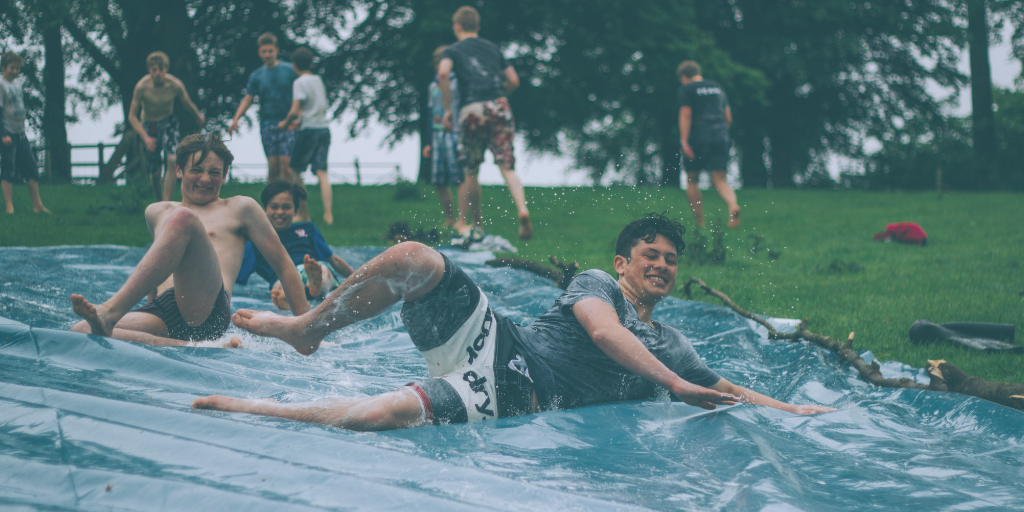Summer is a Risky Time for Youth Substance Use
May 15, 2019
More teens start drinking and smoking cigarettes and marijuana in June and July than in any other month, the U.S. Substance Abuse and Mental Health Services Administration said in a report entitled, “Monthly Variation in Substance Use Initiation among Adolescents.”
The report states that on an average day in June and July, more than 11,000 teens ages 12 to 17 use alcohol for the first time; December is the only other month with comparable levels. Throughout the rest of the year, the daily average for first-time alcohol use ranges from 5,000 to 8,000 adolescents.
Similarly, in June and July, an average of 5,000 youth smoke cigarettes for the first time, as opposed to the daily average of about 3,000 to 4,000 during the rest of the year. The same pattern holds for first-time use of cigars and smokeless tobacco among youth. In terms of first-time use of marijuana, more than 4,500 youth start using it on an average day in June and July, as opposed to about 3,000 to 4,000 youth during the other months.
“More free time and less adult supervision can make summertime an exciting time for many young people, but it can also increase the likelihood of exposure to the dangers of substance use,” SAMHSA Administrator Pamela S. Hyde said in a news release. “That is why it is critically important to take every opportunity we can throughout the year to talk to our young people about the real risks of substance use and effective measures for avoiding it, so they will be informed and capable of making the right decisions on their own.”
With less structure and adult supervision, summertime is rife with opportunities for teens to fall into a bad crowd, experiment with drugs or alcohol, or engage in other forms of high-risk behaviors. For working parents, it can be challenging to monitor youth during the daytime hours. You can help keep your teen safe and drug-free with these summertime tips:
- Set Expectations: Make your boundaries clear regarding unsupervised time spent with friends, as well as your expectations surrounding drinking, smoking, and other risky behaviors.
- Supervise: This can be especially challenging for parents of high school students. However, be physically present when you can, and when you cannot, try asking a friend, neighbor, or relative to randomly check in. Research shows that unsupervised youth are three times more likely to use alcohol or other drugs.
- Monitor: Know with whom and where your child is at all times. Randomly call and text your child to check-in, and don’t be afraid to check up on your child by calling other parents. Communicate regularly with the parents of your child’s friends.
- Stay Involved: Show your child you care by taking time out of your busy schedule to do something fun together. Provide some structure by helping them find a summer job, volunteer work, or other supervised activity.
